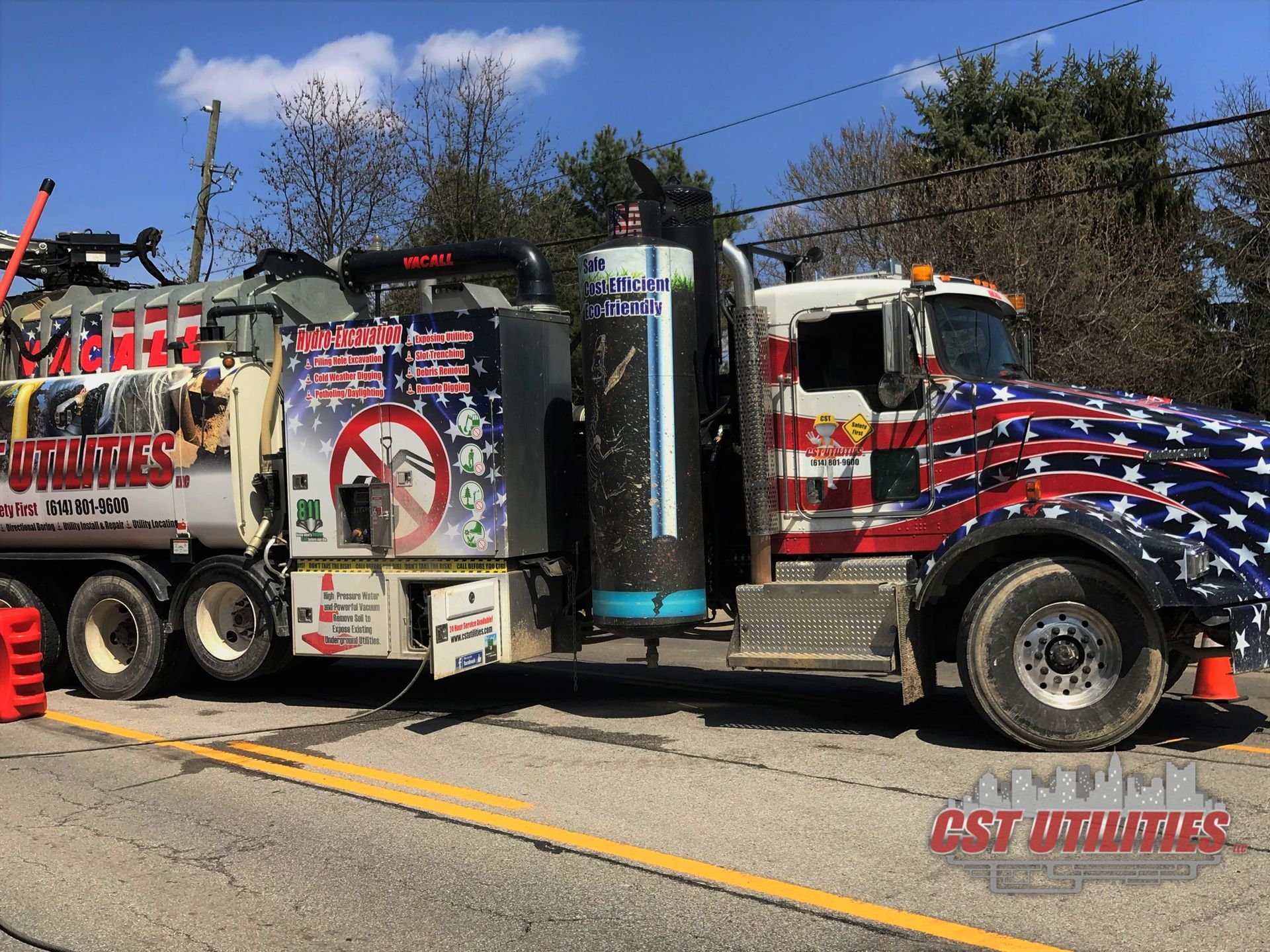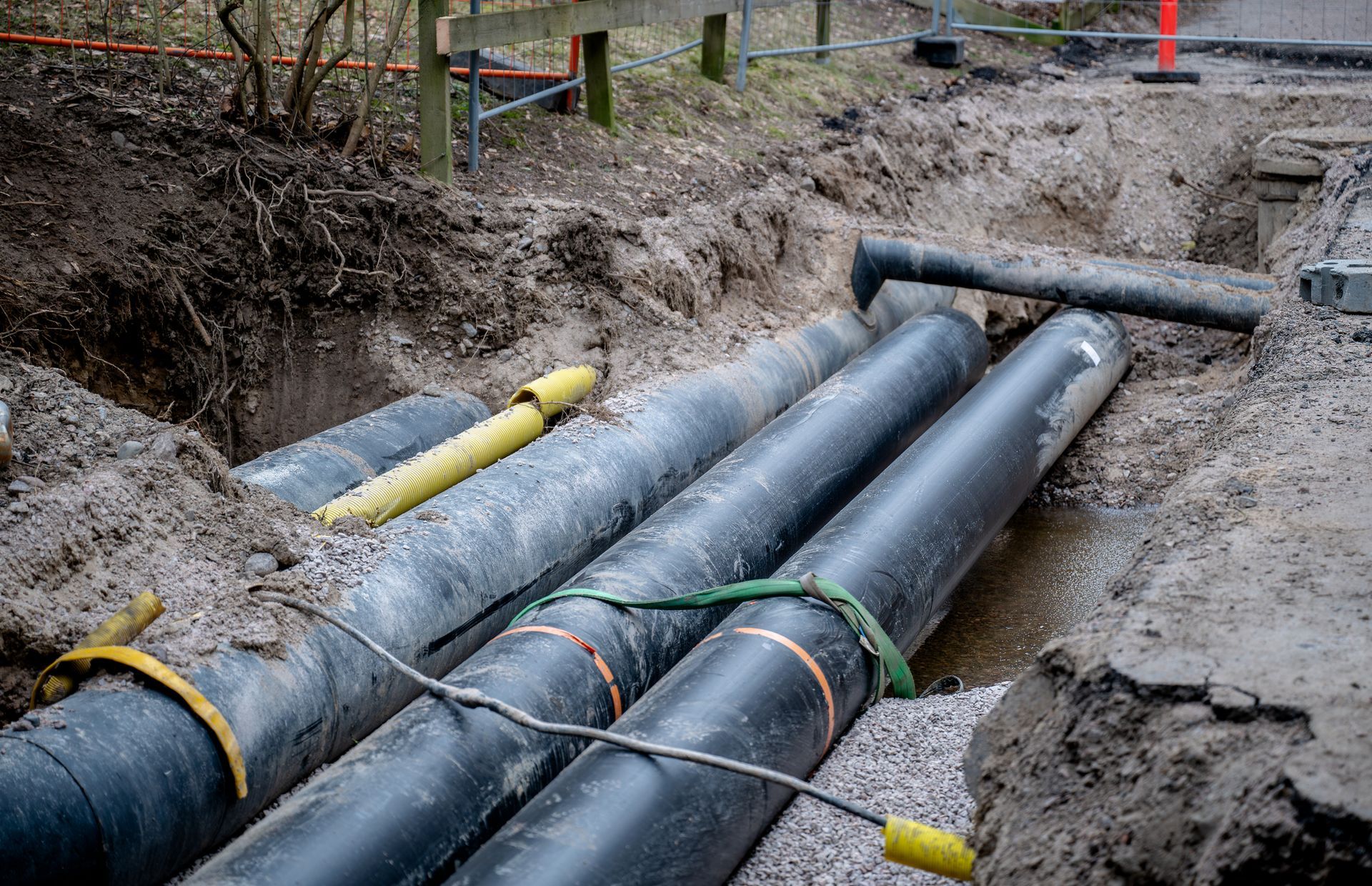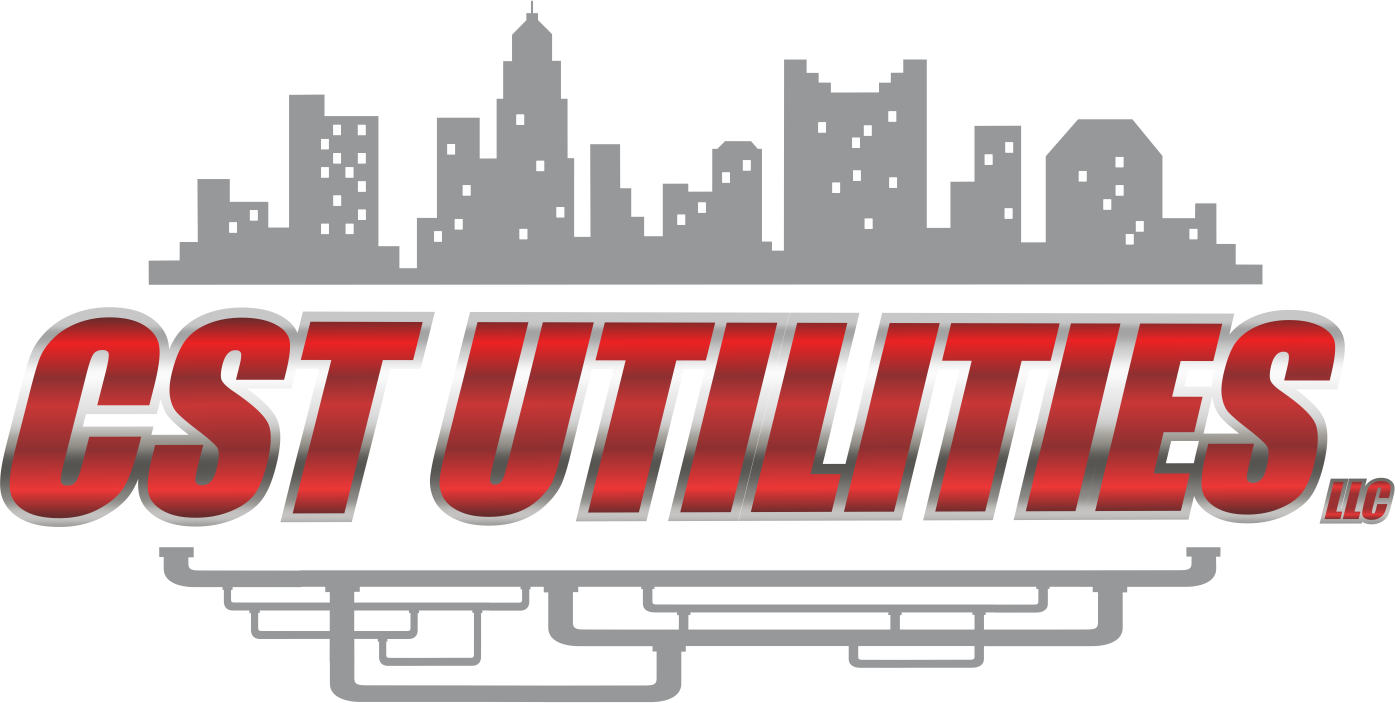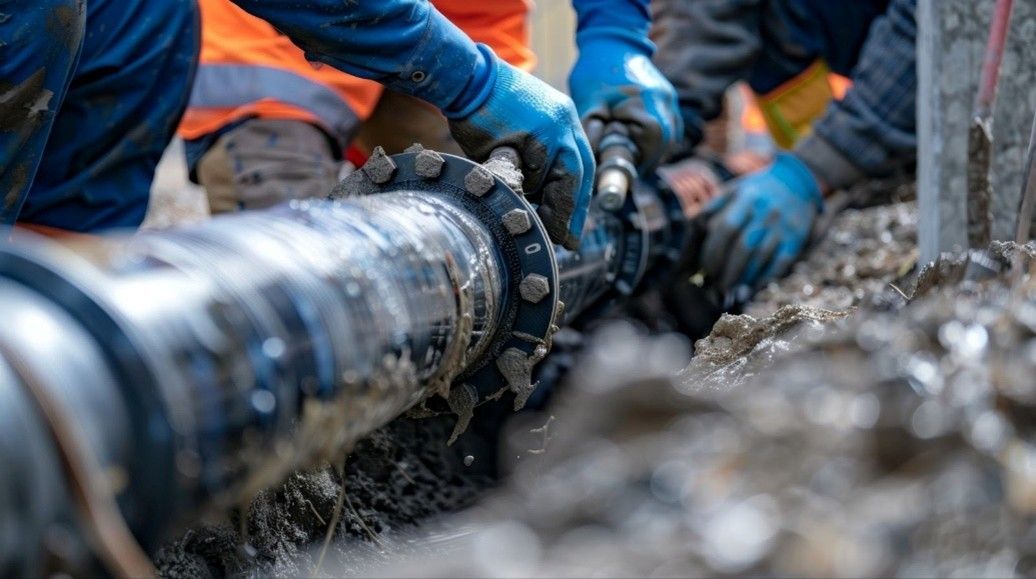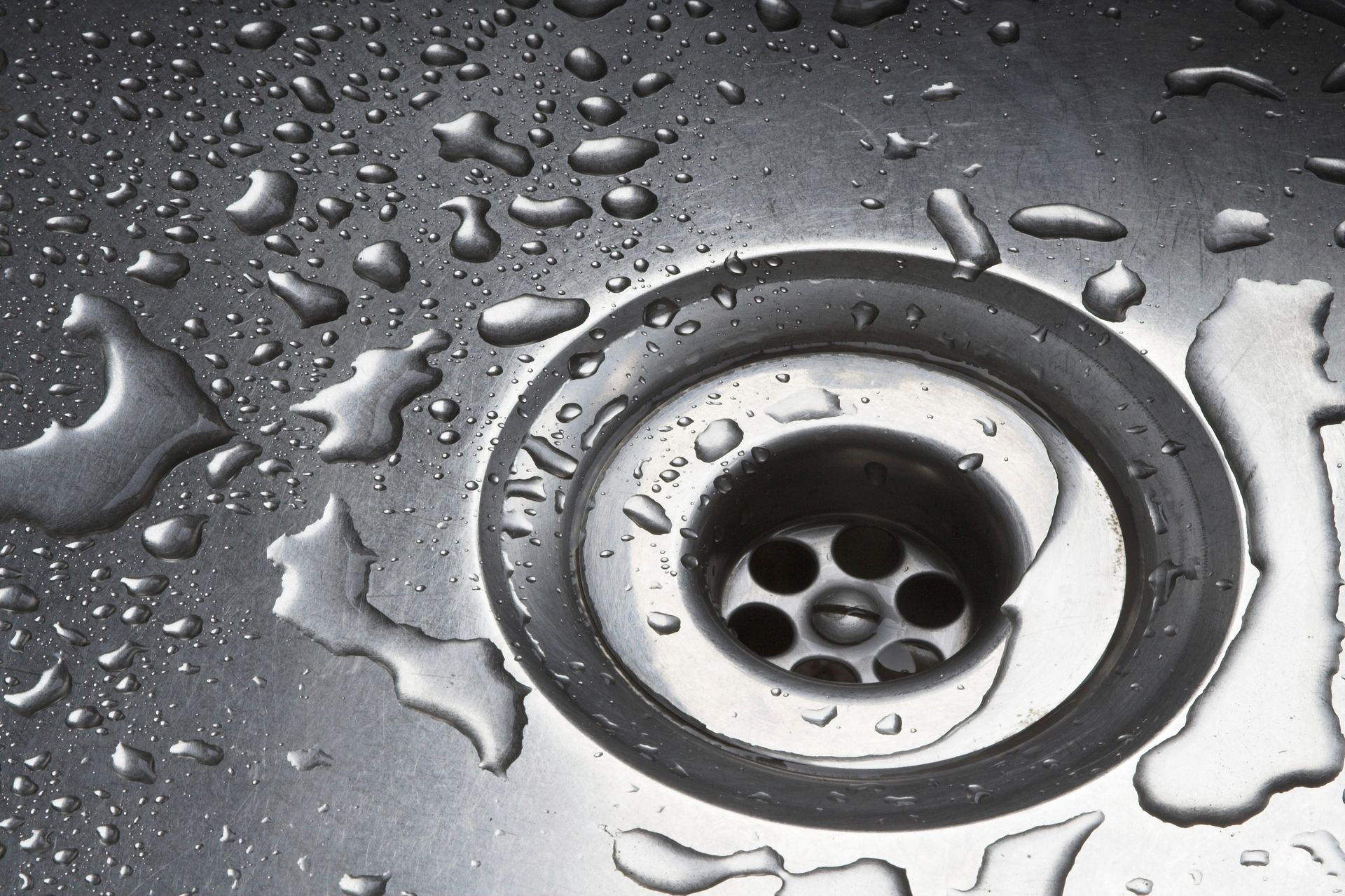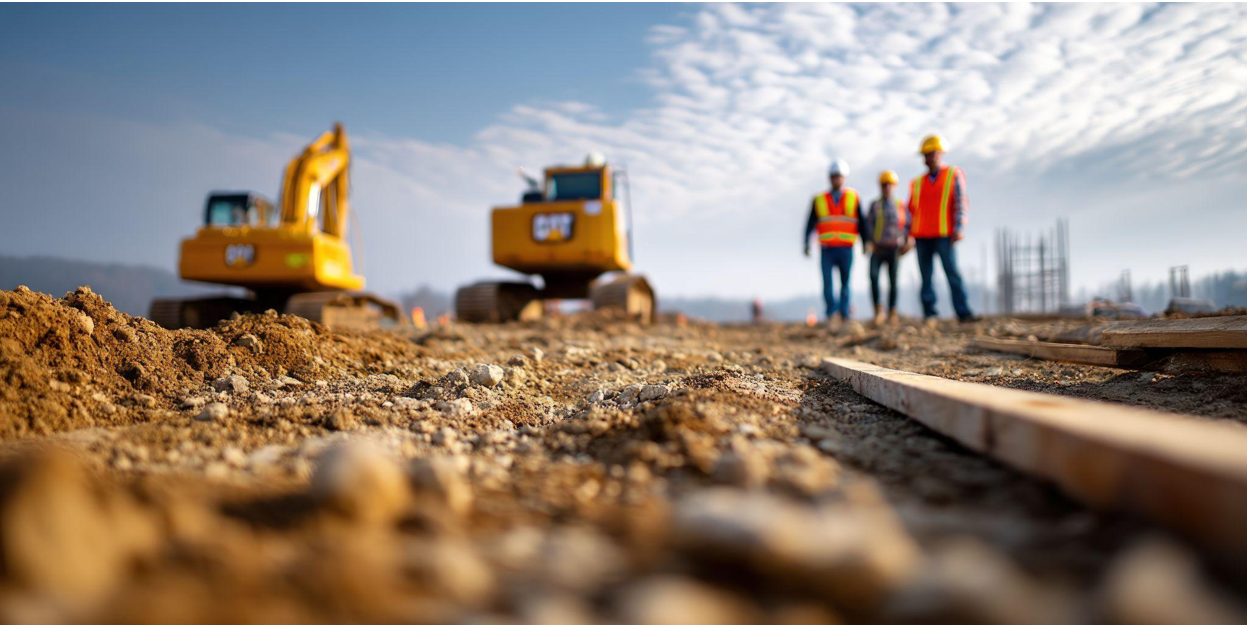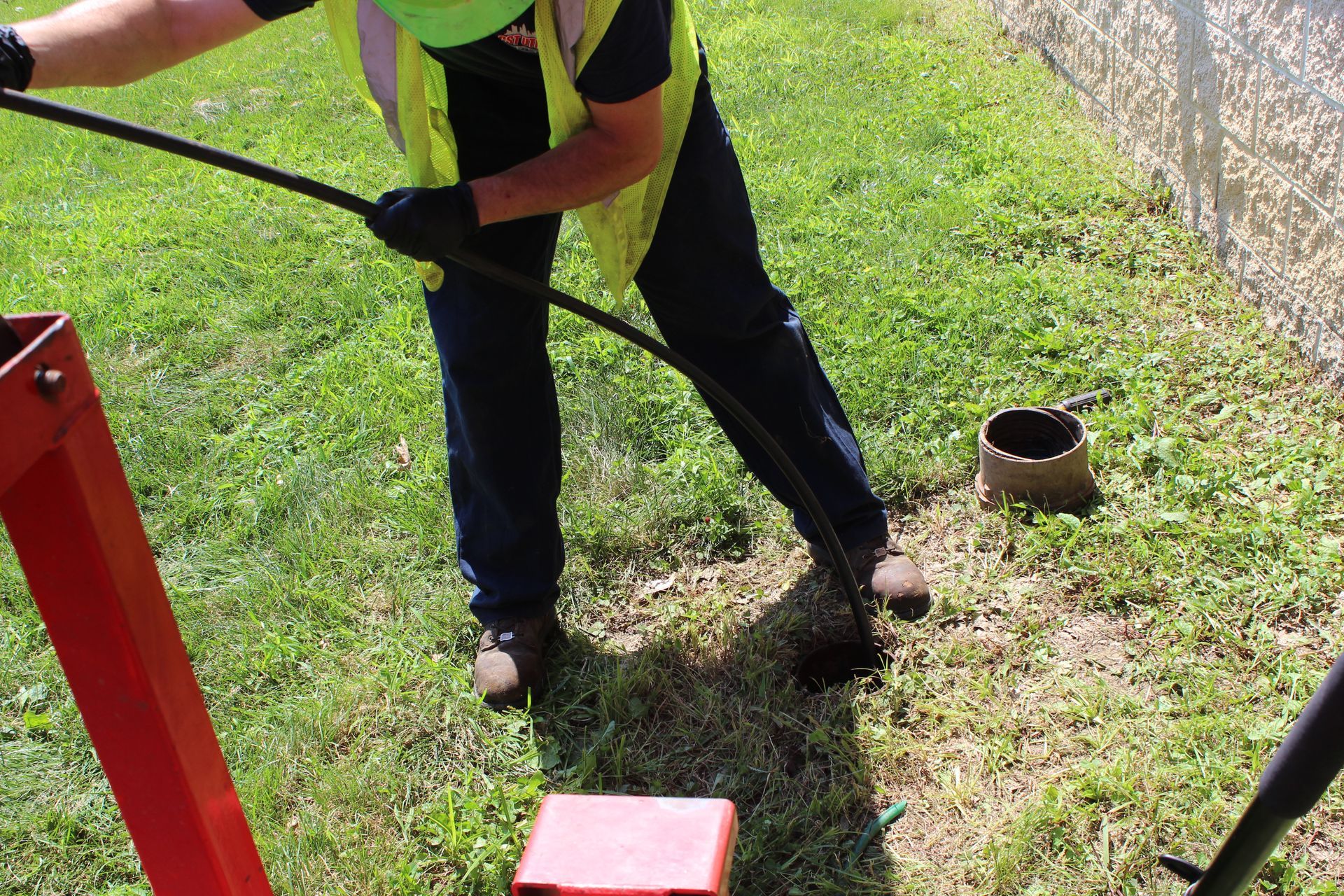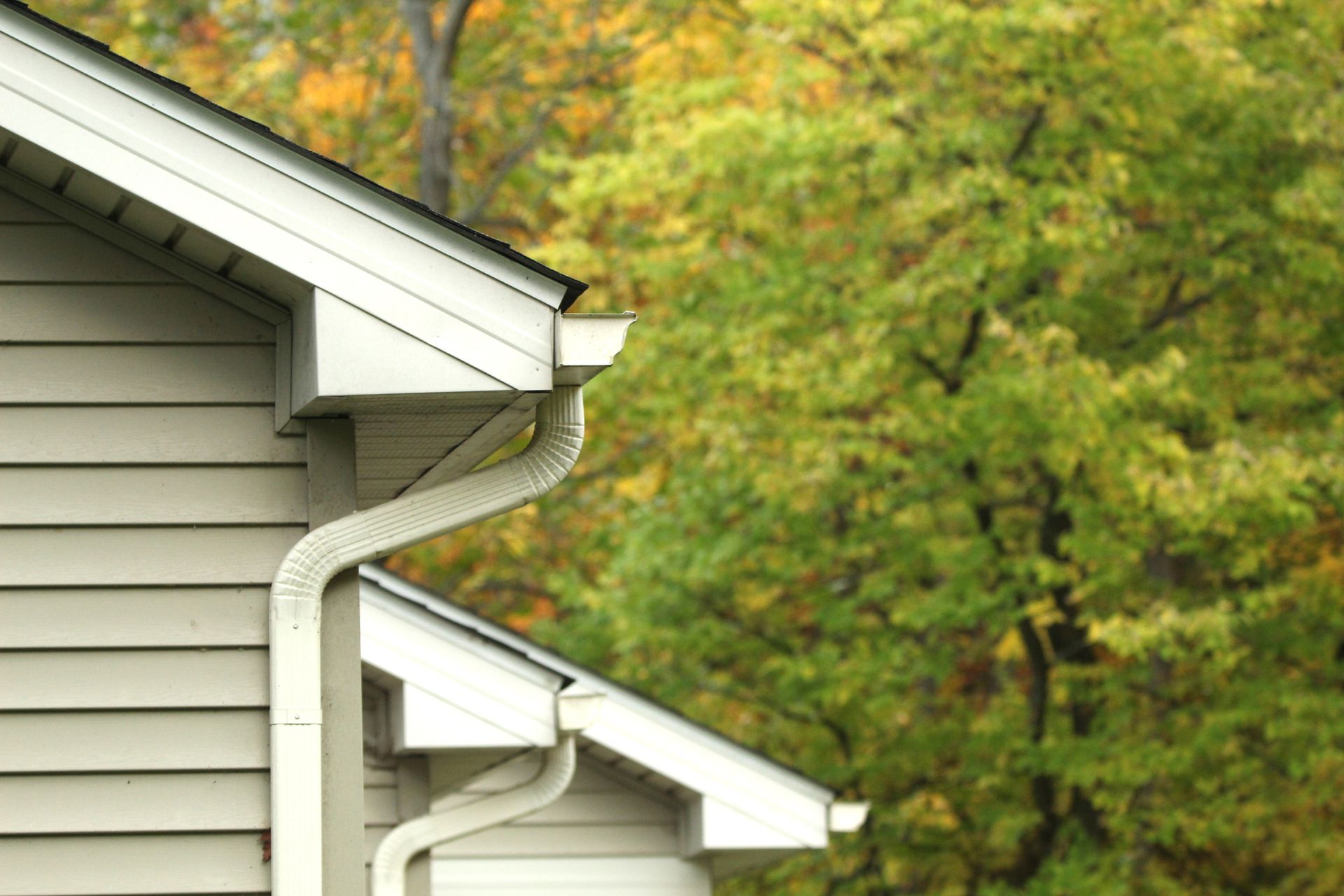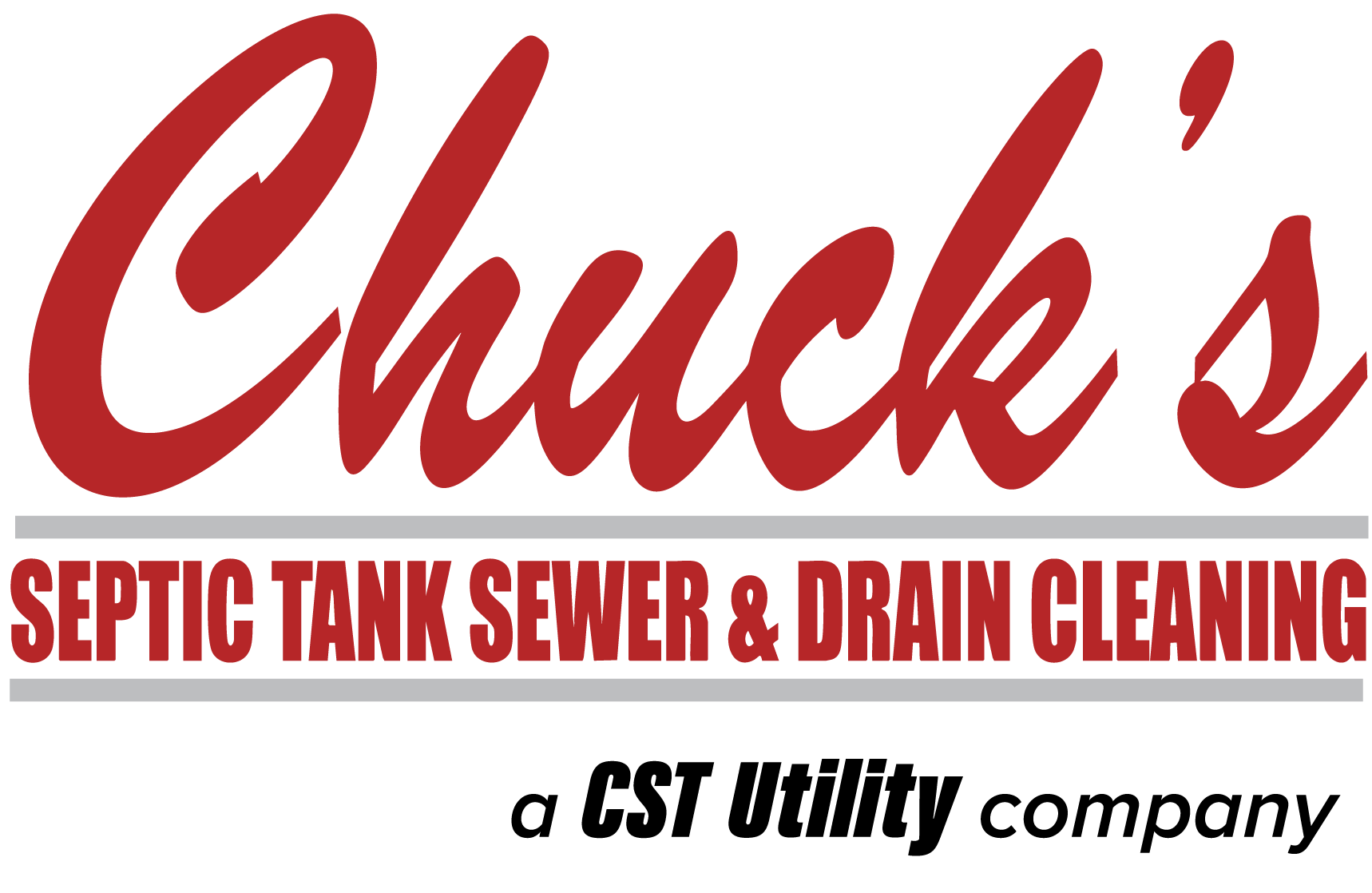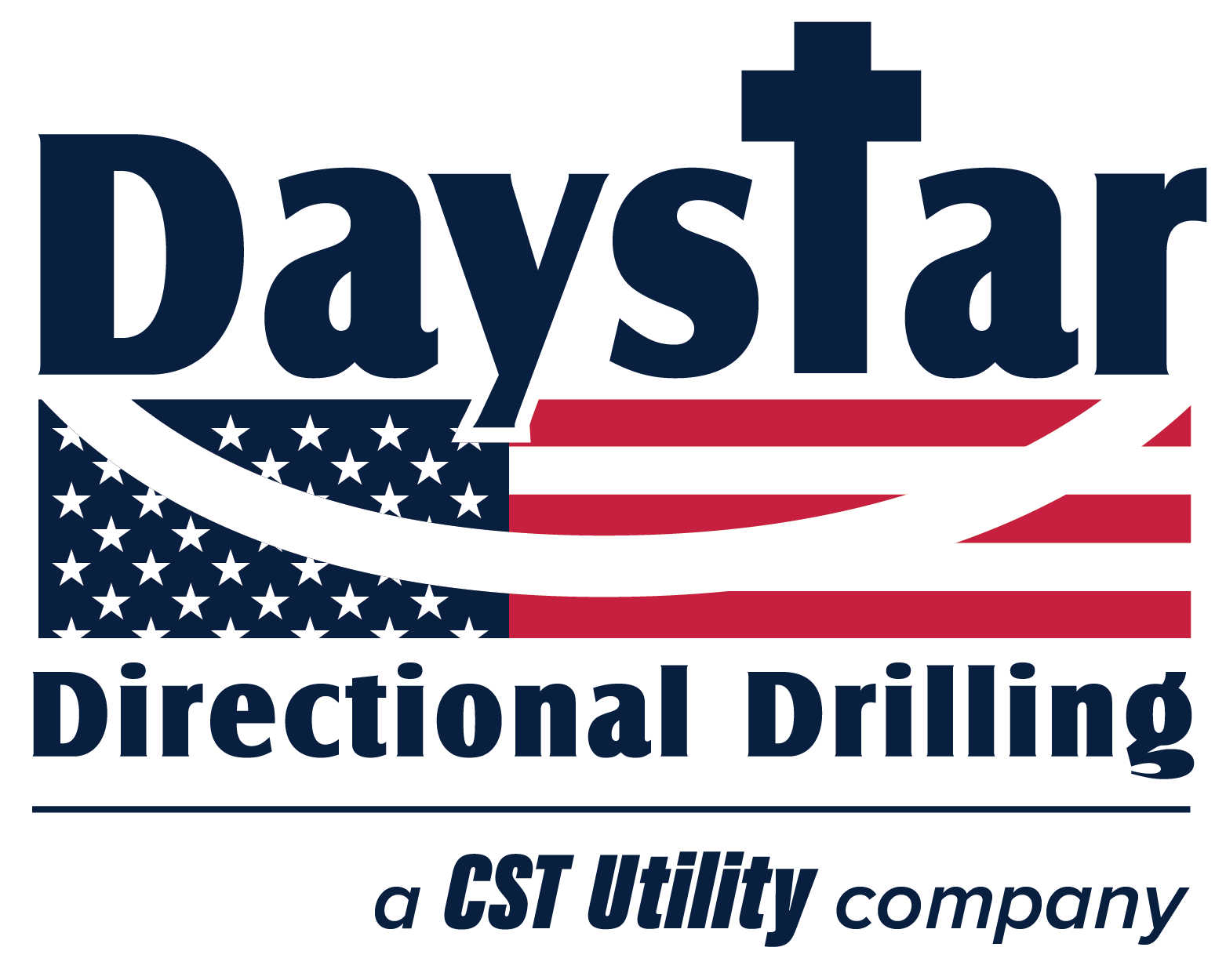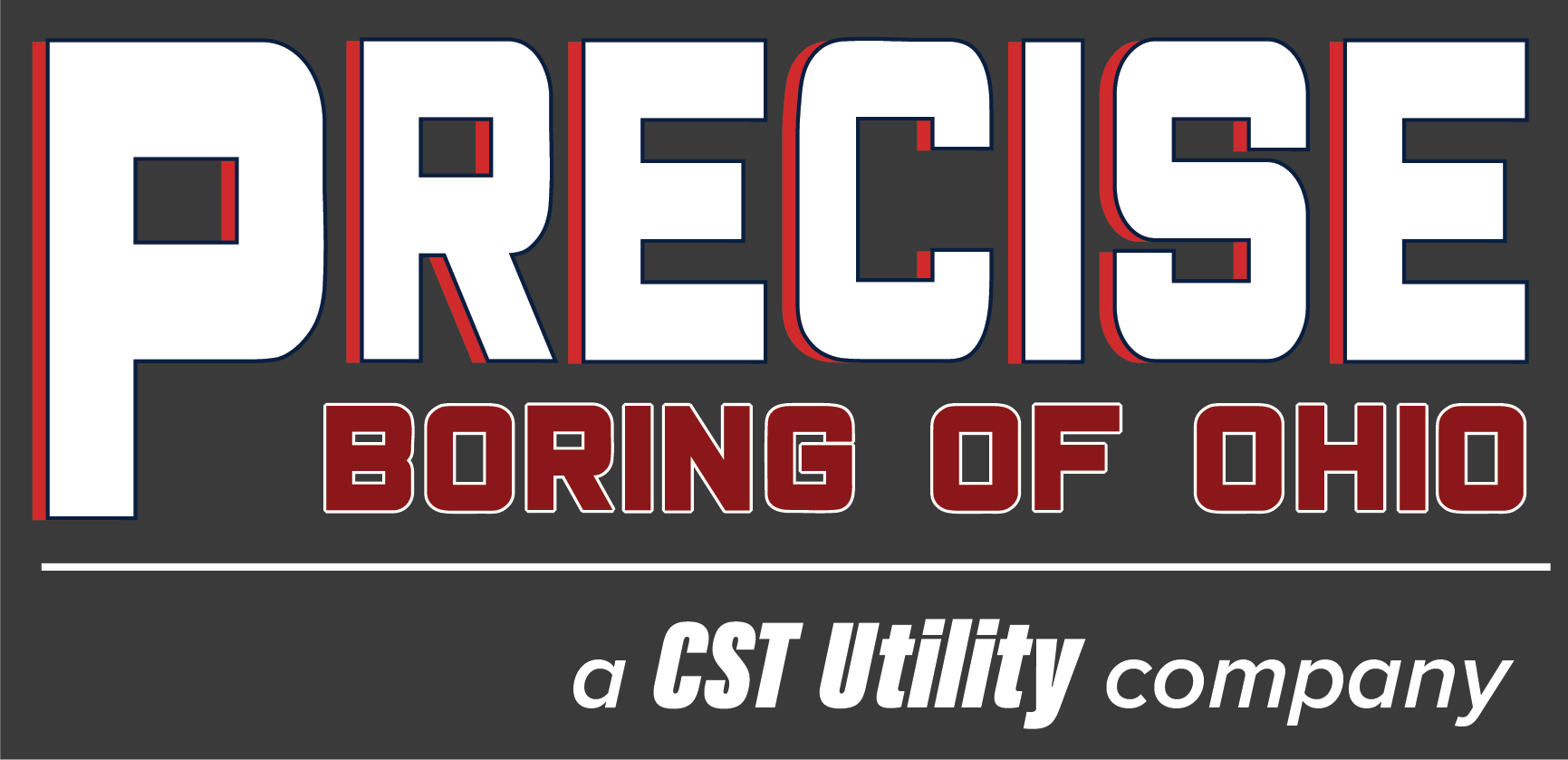Why Preventive Maintenance and Service Contracts are Essential for Maintaining Storm and Sanitary Service Lines on Your Property
Storm and sanitary service lines are critical components of any property’s infrastructure. Storm lines carry rainwater and runoff away from your home, while sanitary lines handle wastewater from sinks, showers, and toilets. These systems protect your home from flooding, prevent contamination, and ensure the safe disposal of waste. However, like any system, storm and sanitary lines can deteriorate over time, leading to clogs, leaks, or even severe damage. This is where preventive maintenance and service contracts come into play. Here’s why investing in these proactive measures is essential for protecting your property.
Avoids Costly Repairs and Major System Failures
One of the primary benefits of preventive maintenance is avoiding costly repairs. Over time, debris, roots, sediment, and even grease can accumulate in your storm and sanitary lines, leading to clogs and blockages. When left untreated, these minor issues can escalate into significant blockages or line breaks, resulting in expensive repairs. Regular maintenance helps keep these lines clear, ensuring optimal flow and reducing the likelihood of severe damage or costly emergency repairs.
Protects Your Property from Water Damage and Flooding
Clogged or damaged storm lines can prevent rainwater from draining away, causing flooding around your property or even inside your home. Similarly, a backed-up sanitary line can lead to wastewater spilling into your basement or bathrooms—a health hazard and a costly cleanup. By investing in regular maintenance and inspections, you can identify and address potential problems before they lead to water damage or flooding, ultimately protecting your home and its contents.
Enhances Health and Safety
Sanitary lines carry wastewater containing bacteria, chemicals, and other pollutants. When these lines are not maintained, backups and leaks can lead to exposure to harmful pathogens. Preventive maintenance helps ensure that these lines are functioning correctly, minimizing the risk of contamination and promoting a safer, healthier environment for your family. Service contracts that include regular inspections and cleaning ensure that issues like leaks or overflows are addressed quickly, reducing health risks associated with sewer backups.
Increases System Lifespan
Like any part of your home’s infrastructure, storm and sanitary service lines have a finite lifespan. However, regular maintenance can help extend this lifespan by keeping pipes free of debris, reducing the risk of corrosion, and preventing damage from root infiltration. With routine inspections, small issues can be caught early and resolved before they become more extensive, preserving the integrity of your system and avoiding premature replacements.
Saves Money in the Long Run
While some may view preventive maintenance and service contracts as an added expense, they’re actually cost-saving measures. By identifying issues early, you can avoid the need for costly repairs or replacements, which often come with a higher price tag than regular maintenance. Additionally, service contracts often offer discounted rates or fixed pricing on inspections and repairs, helping you manage your budget more effectively.
Ensures Compliance with Local Regulations
In many municipalities, property owners are responsible for maintaining their storm and sanitary lines. Some areas even require periodic inspections and maintenance to ensure that these lines function correctly and don’t pose a risk to public health. A service contract with a qualified professional helps ensure that you’re meeting local requirements, avoiding potential fines, and staying compliant with any relevant regulations.
Prevents Environmental Contamination
Failing to maintain sanitary and storm lines can lead to leaks or overflows that contaminate nearby soil, groundwater, or even nearby rivers and streams. Stormwater systems that are clogged can cause contaminated runoff to enter local water systems. Similarly, leaks from a sanitary line can introduce pollutants into the surrounding environment. Preventive maintenance reduces these risks by keeping systems in good working condition and minimizing potential environmental impacts.
Provides Peace of Mind with Expert Oversight
A service contract with a reputable provider like CST Utilities means that experts will regularly inspect your storm and sanitary lines and handle any necessary repairs or maintenance. This proactive oversight can give you peace of mind, knowing that professionals are keeping your systems in optimal condition. A service contract also means that you have a dedicated resource to call if a problem arises, eliminating the need to find a contractor in an emergency.
Keeps Insurance Coverage Valid
Some homeowners’ insurance policies may not cover water damage or sewer backups if it’s found that routine maintenance was neglected. A preventive maintenance program provides documentation showing that you’ve taken steps to keep your storm and sanitary lines in good shape. This can be useful if you ever need to file a claim, as it demonstrates that you were proactive in maintaining your property.
Supports Property Value
Properties with well-maintained utilities generally have higher resale values. Potential buyers are often wary of homes with old or poorly maintained storm and sanitary systems, as these could indicate future repairs. Having a documented history of preventive maintenance and service contracts reassures buyers that the property has been properly cared for, making it more attractive and potentially increasing its market value.
Preventive maintenance and service contracts are essential investments for anyone with storm and sanitary service lines on their property. These proactive measures save money, protect your property from damage, reduce environmental risks, and increase the longevity of your systems. In the end, preventive maintenance provides you with peace of mind, ensuring that your storm and sanitary lines are in top shape and reducing the likelihood of unexpected problems. By choosing a service contract with CST Utilities, you’re prioritizing safety, sustainability, and the long-term value of your home. Call us today!
